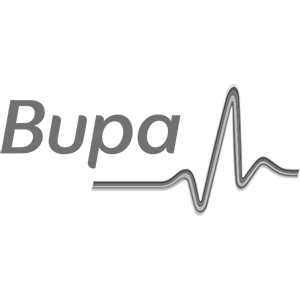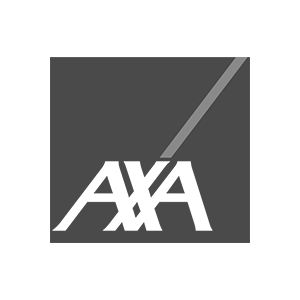by Alan Jordan
The neck, also referred to as the cervical spine, can cause neck pain for many of us at some point in our life. In this blog, we aim to educate you about this area of the body so you can understand neck problems, neck symptoms and neck ache treatment.
Anatomy and function of the cervical spine
The cervical spine is a very finely tuned structure that is made up of bones (vertebrae), discs, muscles, nerves, tendons and ligaments.
Its main job is to protect the spinal cord, which is the elongation of the brain stem that carries information from the brain to all parts of the body as well as providing the pathway for information passing in the opposite direction.
Of course, the cervical spine also needs to carry the weight of the head, which is approximately 4.5-5 kilograms and it enjoys a remarkable degree of mobility. Movement in all planes is approximately 400 degrees.

The illustration on this page shows a side view of a normal spine. As you can see in the picture, the human spine consists of up to 33 vertebral bones and is divided into five regions.
The cervical spine region that we are looking at in today’s blog has seven vertebrae. Rotational movements of the neck are mostly carried out in the top two vertebrae, while forwards, backwards and sideways bending are primarily carried out in the other five vertebrae.
If you look at the picture again, you will see that the neck starts at the base of the skull and continues down to the upper back, which is called the thoracic spine. The cervical and thoracic spine areas are anatomically and functionally linked, so if you have a neck problem, it is likely you will have pain in the middle of your back. Mid-back pain can also present neck symptoms in the neck area.
Every day, the neck is exposed to many kinds of stress caused by normal activities along with the wear and tear that occurs as part of the ageing process.
Some of the most common neck conditions that can cause neck pain are simple muscle strain, sprains to the connective tissues such as ligaments and tendons, degenerated discs and joints, inflammatory arthritis such as rheumatoid arthritis and congenital defects. Disc herniations can also cause pain, along with numbness and weakness in the arm.
If you wish to learn more about the above conditions, you will be able read about them in future blogs that cover neck and common disorders. For more detailed anatomical information, you can take a look at this instructional video now.
Dr Alan Jordan, Chiropractor, MSc, Phd
A Director of the Broadgate Spine & Joint Clinic




